Introducing Iran – History
Introducing Iran – History
In this chapter of Introducing Iran we look at the early civilization of Iran’s history and Elam dynasty. Iran is home to one of the most oldest continuous major civilization.
Early Civilization in Iran
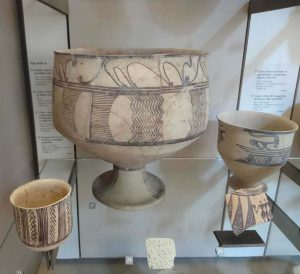 Man’s presence on the Iranian plateau during the Paleolithic and Mesolithic ages has not yet been properly studied. Life during the Neolithic period, however, is much better known. Considerable geological and natural evidence has proven that Iran was home to one of mankind’s first major cultures, ahead of every other part of the world except Egypt, Mesopotamia, and India.
Man’s presence on the Iranian plateau during the Paleolithic and Mesolithic ages has not yet been properly studied. Life during the Neolithic period, however, is much better known. Considerable geological and natural evidence has proven that Iran was home to one of mankind’s first major cultures, ahead of every other part of the world except Egypt, Mesopotamia, and India.
Significant shifts in tool tool manufacture settlement patterns and subsistence methods, including domestication of plants and animals, characterize the Neolithic Iranian settlements, all of which date wholly or in part from the 8th and 7th millennia. Iranians were probably the first to cultivate wheat and dates, and to tame camels and sheep. The existence of rich mines in Iran can be an indication that metal was excavated and processed here since ancient times. One of the recently excavated archaeological sites – Arisman – has proved to be one of the world’s earliest centers of the metallurgical industry.
By approximately the 6th millennium B.C., village farming was widespread over much of the Iranian plateau and in lowland Khuzestan. Among others, Sialk on the rim of the central salt desert has yielded evidence of fairly sophisticated patterns of agricultural life.
Having begun in the Paleolithic era, Iran’s first vigorous growth had developed by the 3rd millennium BC into a civilization of great sophistication – Elam.
Elam (2500-644 BC)
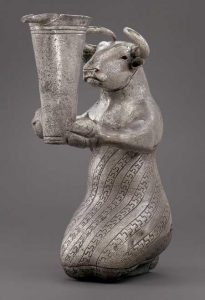 In the late 4th and early 3rd millennia, a brilliant ancient culture came into being on the Iranian territory – Elam, “The Land of Gods” The origin of the Elamites is unclear. Their earliest kings reigned around 2700 B.C. These early rulers were succeeded by the Awan (Shustar) dynasty, which was then replaced by a new ruling house, the Simash dynasty. About the middle of the 19th century B.C., power in Elam passed to a new dynasty, that of Eparti.
In the late 4th and early 3rd millennia, a brilliant ancient culture came into being on the Iranian territory – Elam, “The Land of Gods” The origin of the Elamites is unclear. Their earliest kings reigned around 2700 B.C. These early rulers were succeeded by the Awan (Shustar) dynasty, which was then replaced by a new ruling house, the Simash dynasty. About the middle of the 19th century B.C., power in Elam passed to a new dynasty, that of Eparti.
About 2500 B.C., the Elamites founded Susa, the capital of their country and the seat of their king. At that time, Elam first appeared on the world stage as an advanced civilization, centuries I ahead of Crete and Mycenae (2000 BC), Anatolia (1800 BC), China (1500 BC), Phoenicia (1300 BC), and the Hebrews (1200 BC).
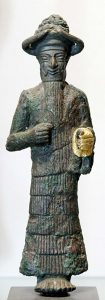 The Middle Elamite Period
The Middle Elamite Period
The Middle Elamite period began in the 15th century B.C. with the rise to power of the Anzanite dynasty, of which Untash-Gal was the most renowned king. He founded the city of Dur Untash (modern Chogha-Zanbil), one of the wonders of ancient architecture, which has survived to this day. During the reign of Untash-Gal’s successor, Shutruk-Nahhunte, Elam became one of the great military powers of the Middle East. Shutruk-Nahhunte captured Babylon and carried off to Susa the Stele on which was inscribed the famous law code of Hammurabi (the original is now in the Louvre, but the National Museum in Tehran has a copy). The days of the Elamite military empire were, however, numbered.
 In a series of campaigns between 692 and 639 BC, the armies of the Assyrian king Ashurbanipal destroyed Susa and brought the Elamite kingdom to an end. Other important ethnic groups that coexisted with the Elamites on the Iranian plateau were the Urartians and the Mannai. The kingdom of Urartu, which arose in the 9th century BC, was centered in northwestern Iran and extended into present day Turkey and Armenia. The Mannai kingdom was located to the south-west of the Urartians and was overtaken by them in about 800 BC.
In a series of campaigns between 692 and 639 BC, the armies of the Assyrian king Ashurbanipal destroyed Susa and brought the Elamite kingdom to an end. Other important ethnic groups that coexisted with the Elamites on the Iranian plateau were the Urartians and the Mannai. The kingdom of Urartu, which arose in the 9th century BC, was centered in northwestern Iran and extended into present day Turkey and Armenia. The Mannai kingdom was located to the south-west of the Urartians and was overtaken by them in about 800 BC.
Elam Gallery
Vipemo Products
-
Firooze Koobi, Firooze Koobi, Jug
Sake Jug – Turquoise Inlaying – Size 2
Original price was: 1.524,00 €.1.200,00 €Current price is: 1.200,00 €. -
Candy Dish, Firooze Koobi, Nut Bowl Dish, Sugar/Candy Pot
Candy/Nuts Bowl Dish – Size 7
Original price was: 1.500,00 €.1.300,00 €Current price is: 1.300,00 €. -
-
-
-


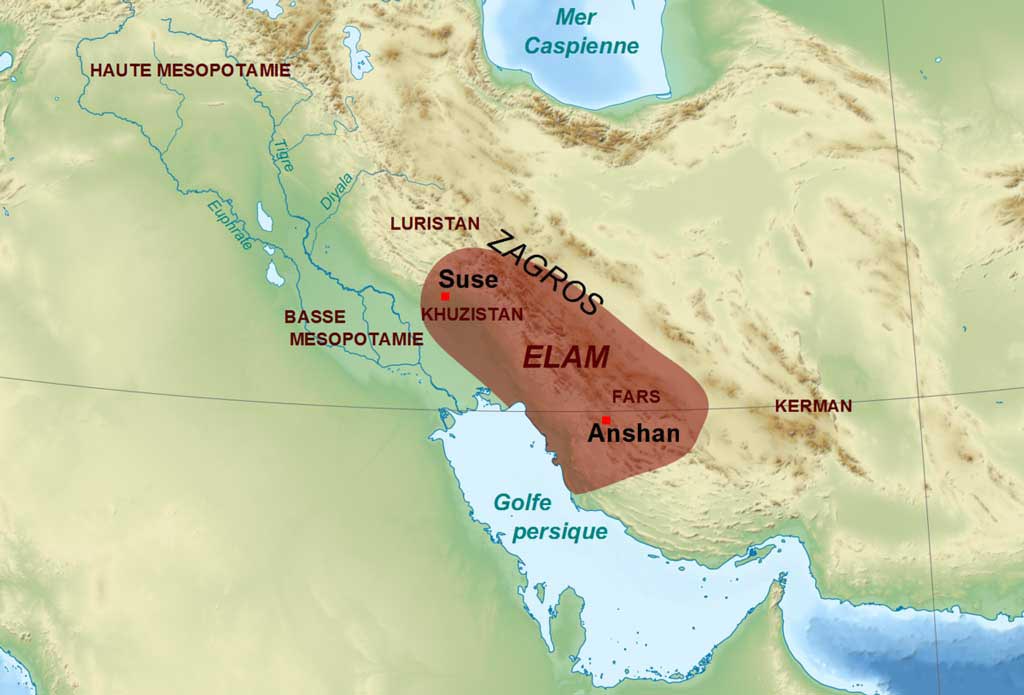
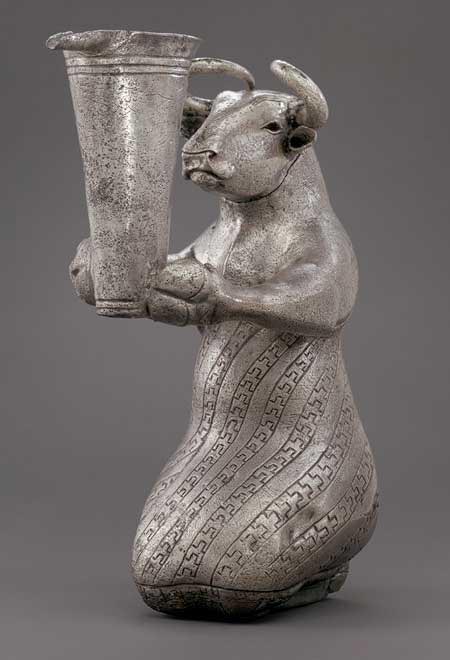
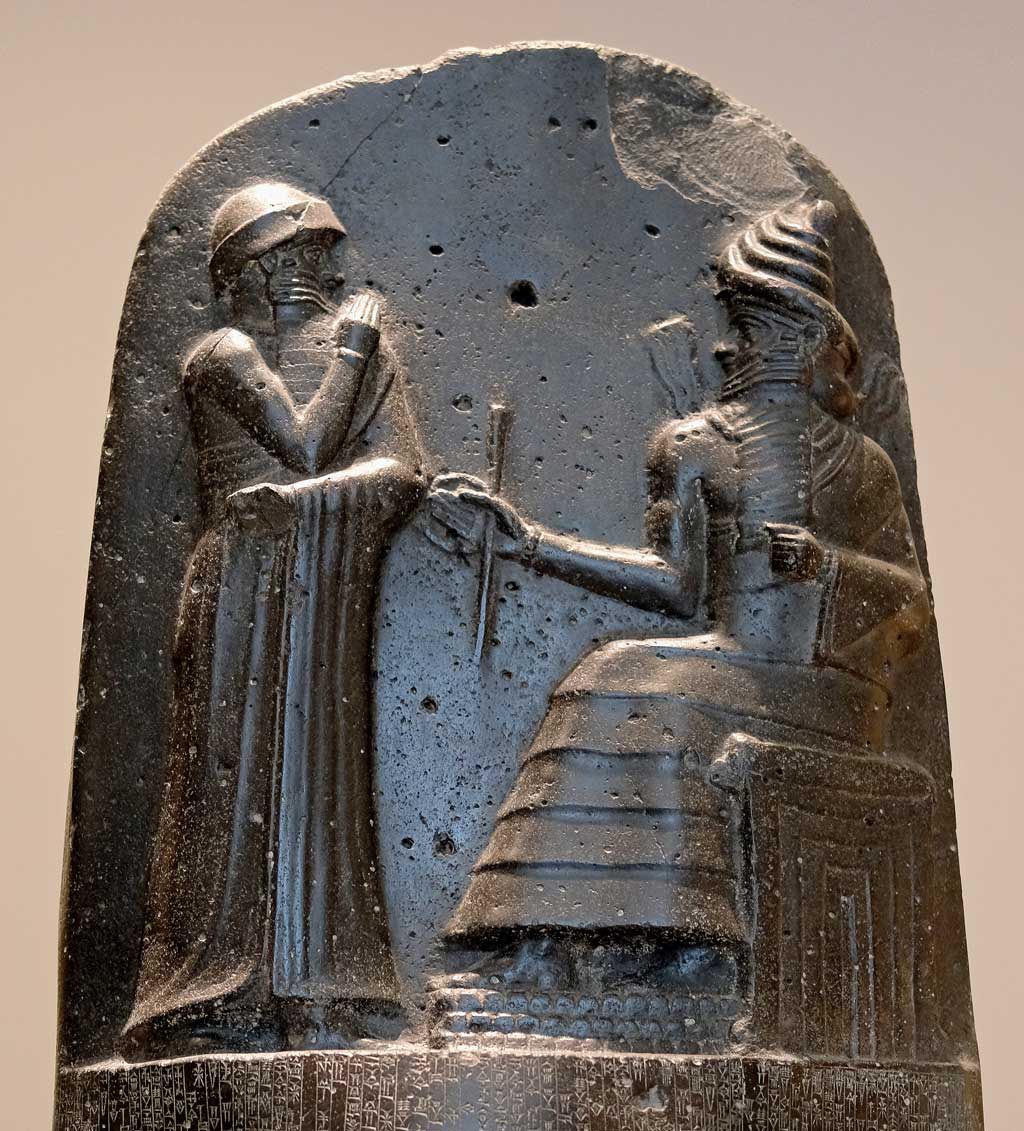

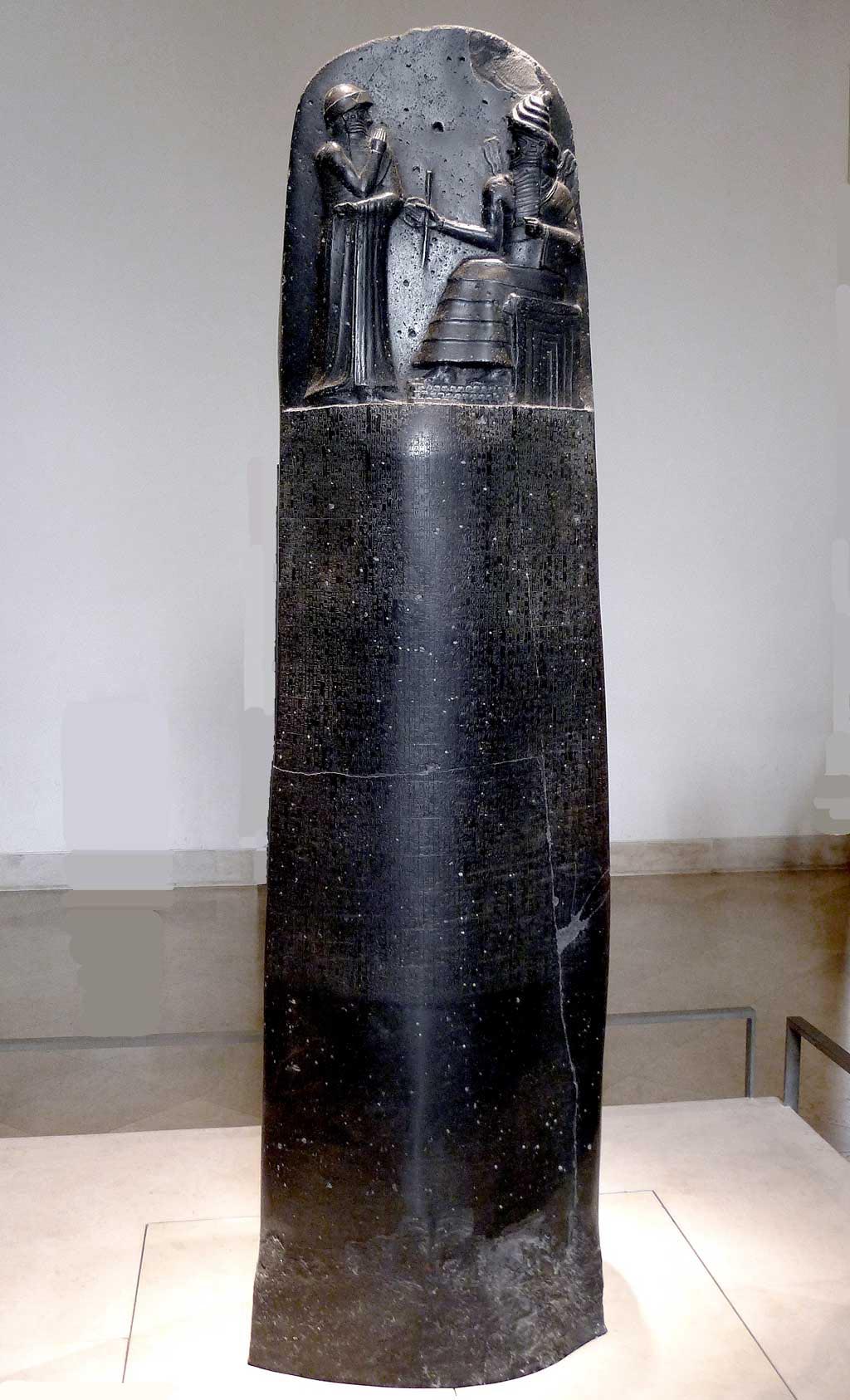
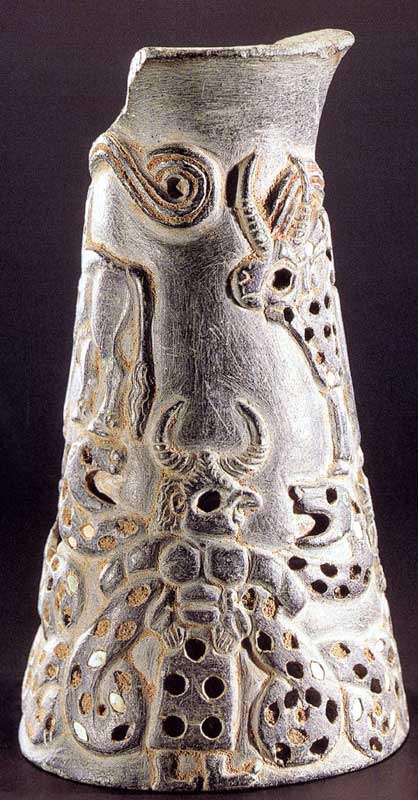
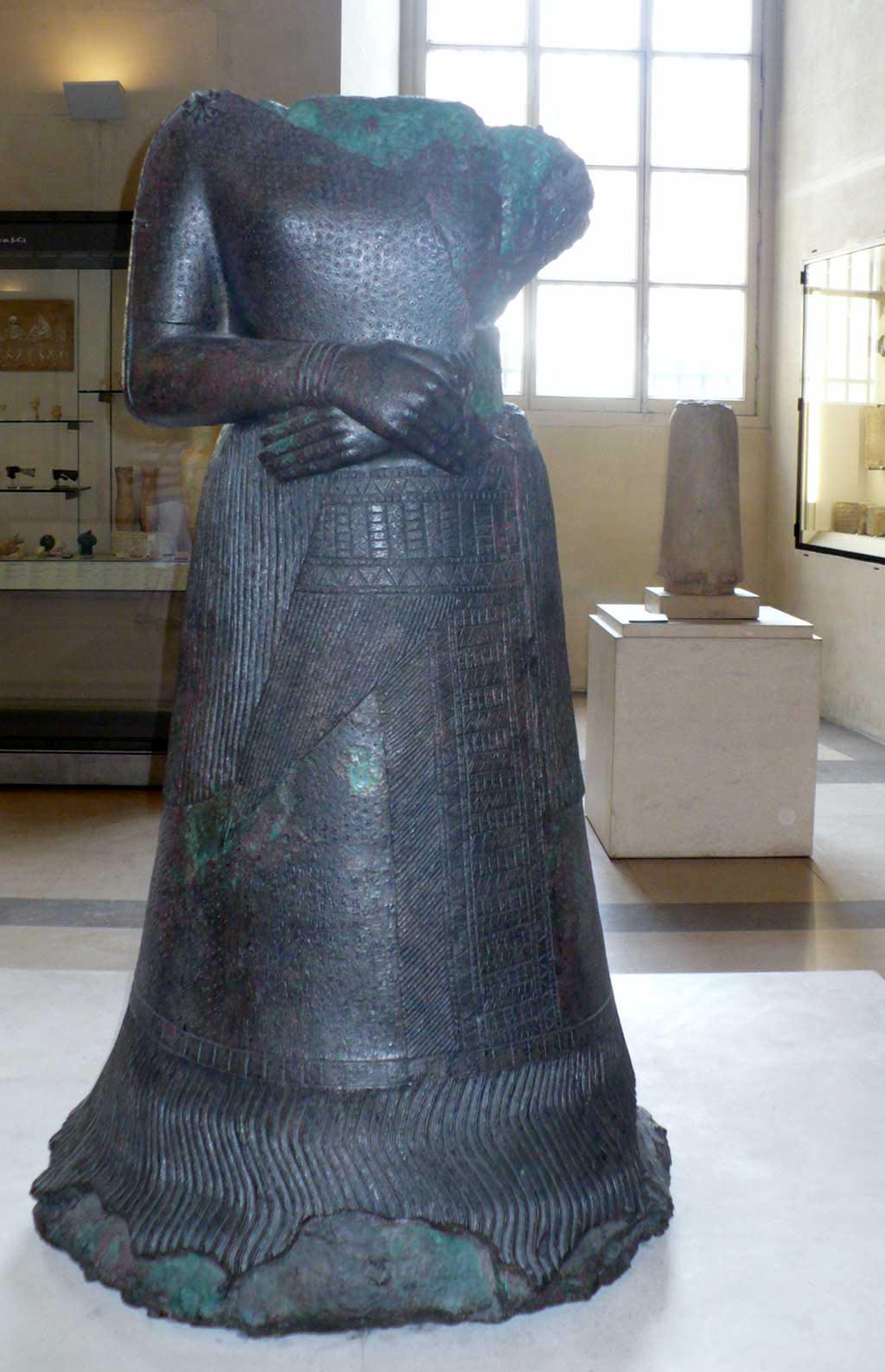















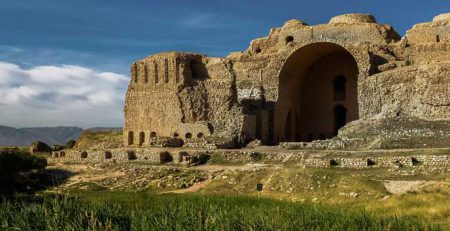
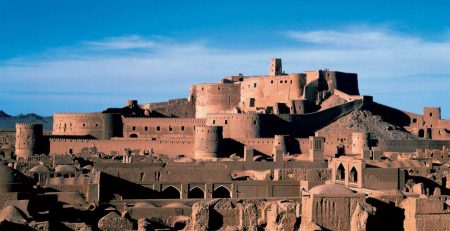

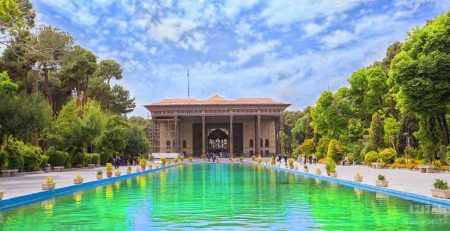


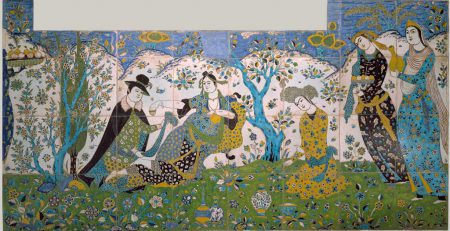
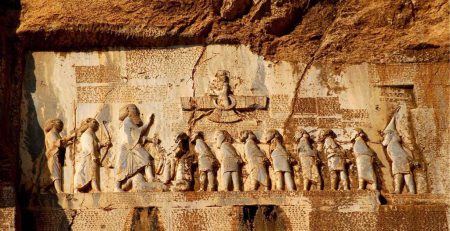


Leave a Reply